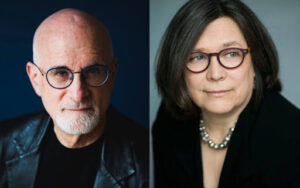
If every source of light in the night sky were a bucket of paint and you blended them onto a canvas, what colour would you see? Subscribe now for unlimited access . Login or signup to continue reading All articles from our website The digital version of Today's Paper Breaking news alerts direct to your inbox All articles from the other regional websites in your area Continue This is approximately what researchers did in 2002 when they averaged the light of more than 200,000 galaxies. Initially, they calculated that it was a greenish white, but they then concluded it is in fact beige white.
Giving it a catchy name, they called it Cosmic Latte (if you want to recreate this in your paint program, the hex value is #FFF8E7). Measuring the cosmic spectrum was actually not the goal of their study - they were more interested in studying the formation of stars. They looked at the dark lines in spectral images to measure the age of galaxies and star systems.

Stars were brighter in the past and their colour changes gradually over time. Picture Shutterstock This allowed them to build a kind of population census, profiled according to age. They were able to do this because stars were brighter in the past and their colour changes gradually over time.
Blue shifts towards red, while more blue stars become more yellow, which eventually become red giants. Because the researchers wanted the colours to be as they were originally emitted, they had to compensate for the blue shift that occurs as stars move away from us. Their work shows that the overwhelming majority of stars formed about 5 billion years ago.
The question of colour in this story is actually a lot more complicated because it's biased by human perception. MORE GREAT READS: What is a subliminal cut? Where is the magnetic South Pole? The storm that spoiled Britain's morning cuppa Visible light is only one part of the electromagnetic spectrum, which we classify according to wavelength (shortest to longest) into gamma-rays, X-rays, ultraviolet light, visible light, infrared radiation, microwaves and radio waves. Our sensation of colour (or any sense) is the result, not just of the physical stimulus, but of the apparatus with which we detect it.
Add to that, the deeply complex processing that wrangles the result into a very personal inner experience. By definition, we can only see visible light, which immediately excludes the great majority of the spectrum. Then, our eyes have three types of cones, that are sensitive to different colours.
That leaves certain colours that are difficult to see. Biasing us even further is that the colours we see depend on the setting. A colour will look very different in weak light than in strong light.
Or white does not look like white when it's surrounded by other colours. The Fuzzy Logic Science Show is at 11am Sundays on 2xx 98.3FM.
Send your questions to [email protected]; Podcast: FuzzyLogicOn2xx.Podbean.
com Share Facebook Twitter Whatsapp Email Copy More from Latest News Murders, drug deals stopped as police hack 'secret' app 23m ago Ask Fuzzy: What colour is the universe? 35m ago 'Just Australia mate': kangaroo takes over KFC 1hr ago Steel giant's venture fund inks tech pact on green iron 1hr ago Australia's worst car crash hotspots revealed 1hr ago Police call for information 11 years after mother's disappearance 1hr ago.














